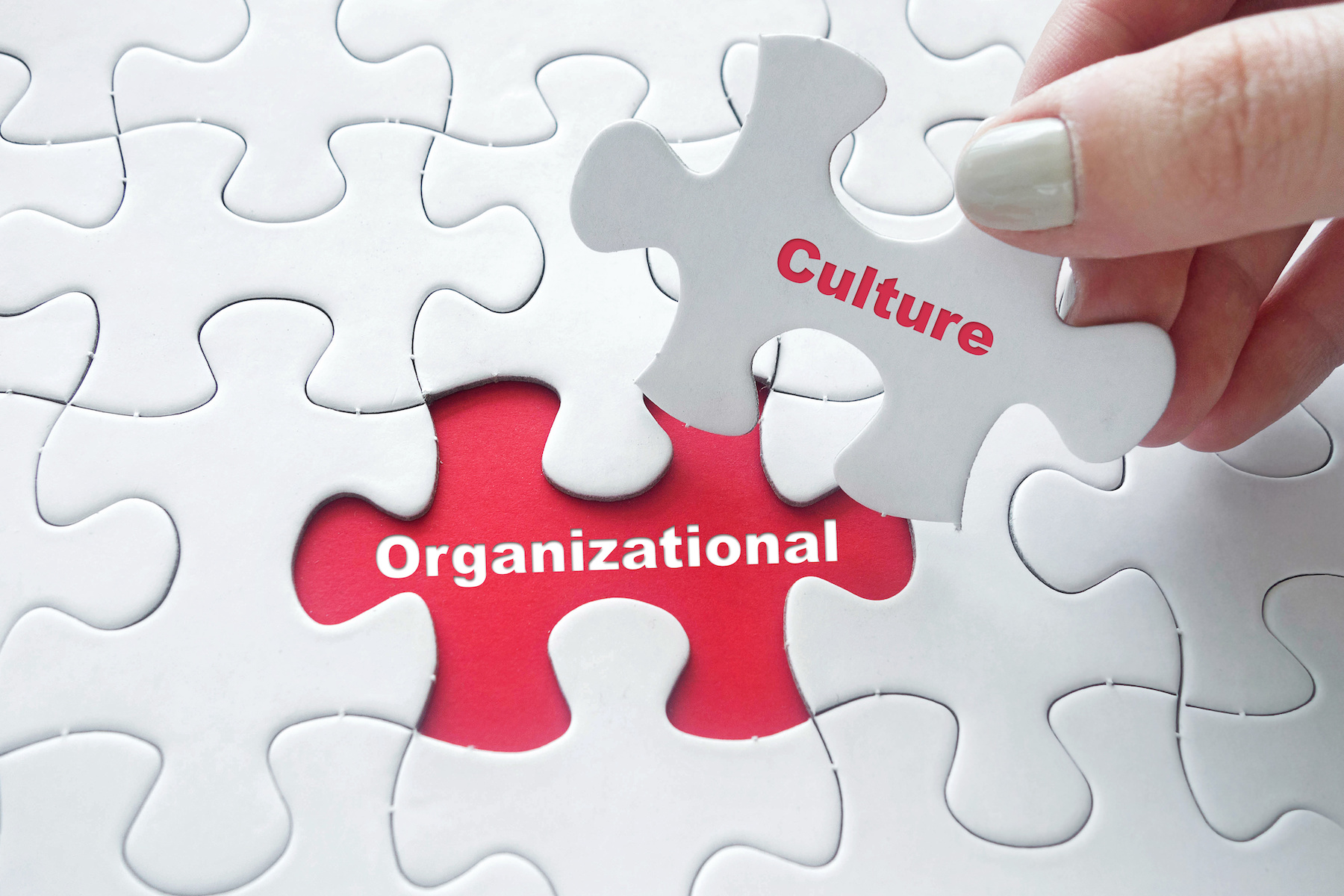Cultural Fit
What is Cultural Fit?
Definition:
“Cultural Fit” in the realm of human resources and organizational management refers to the alignment between an individual’s values, beliefs, work style, and behavior with those of a company’s culture. It is the degree to which an employee’s characteristics match the values and norms of the organization. Assessing cultural fit during the hiring process helps ensure that candidates not only possess the necessary skills but also contribute positively to the workplace culture.
Analogy:
Consider cultural fit as the harmony in a musical ensemble. Just as a musical ensemble thrives when each instrument complements the overall sound, a workplace flourishes when employees’ values and behaviors harmonize with the company’s culture, creating a positive and productive work environment.
Further Description:
Cultural fit goes beyond technical skills and experience; it delves into an individual’s personality, communication style, and work preferences. Companies often define their culture through values, mission statements, and organizational behaviors. Assessing cultural fit involves evaluating whether a candidate shares similar values, can adapt to the work environment, and collaborates effectively with existing team members. Organizations may use interviews, behavioral assessments, and cultural alignment discussions to gauge cultural fit.
Why is Cultural Fit Important?
Cultural fit is crucial for creating a cohesive and thriving work environment. Employees who resonate with the company culture are more likely to be engaged, motivated, and satisfied in their roles. A strong cultural fit contributes to better teamwork, increased employee retention, and improved overall organizational performance. On the other hand, poor cultural fit may lead to workplace conflicts, reduced morale, and challenges in achieving common goals.
Examples and Usage:
Collaboration and Teamwork: Cultural fit assessment ensures that a candidate’s approach to collaboration aligns with the company’s emphasis on teamwork and cooperation.
Adaptability: Organizations value employees who can adapt to change. Cultural fit evaluation may focus on a candidate’s flexibility and openness to new ideas.
Leadership Style: For leadership roles, assessing cultural fit includes evaluating whether a candidate’s leadership style aligns with the company’s leadership principles and expectations.
Innovation and Risk-Taking: Some companies prioritize innovation and risk-taking. Cultural fit assessment may involve exploring a candidate’s comfort with experimentation and creative problem-solving.
Basically, Cultural Fit refers to the alignment between an individual’s values, beliefs, and work style with the values and norms of a company’s culture. It plays a crucial role in fostering a positive and productive work environment.
For example, a startup with a culture emphasizing innovation and collaboration may prioritize cultural fit during the hiring process to ensure that new hires contribute effectively to the company’s dynamic work environment.
Key Takeaways:
- Cultural Fit involves the alignment between an individual’s values, beliefs, and work style with a company’s culture.
- It goes beyond technical skills, focusing on personality, communication style, and work preferences.
- Assessing cultural fit is important for creating a cohesive work environment, fostering employee engagement, and improving organizational performance.
- Examples include evaluating collaboration and teamwork, adaptability, leadership style, and innovation.





